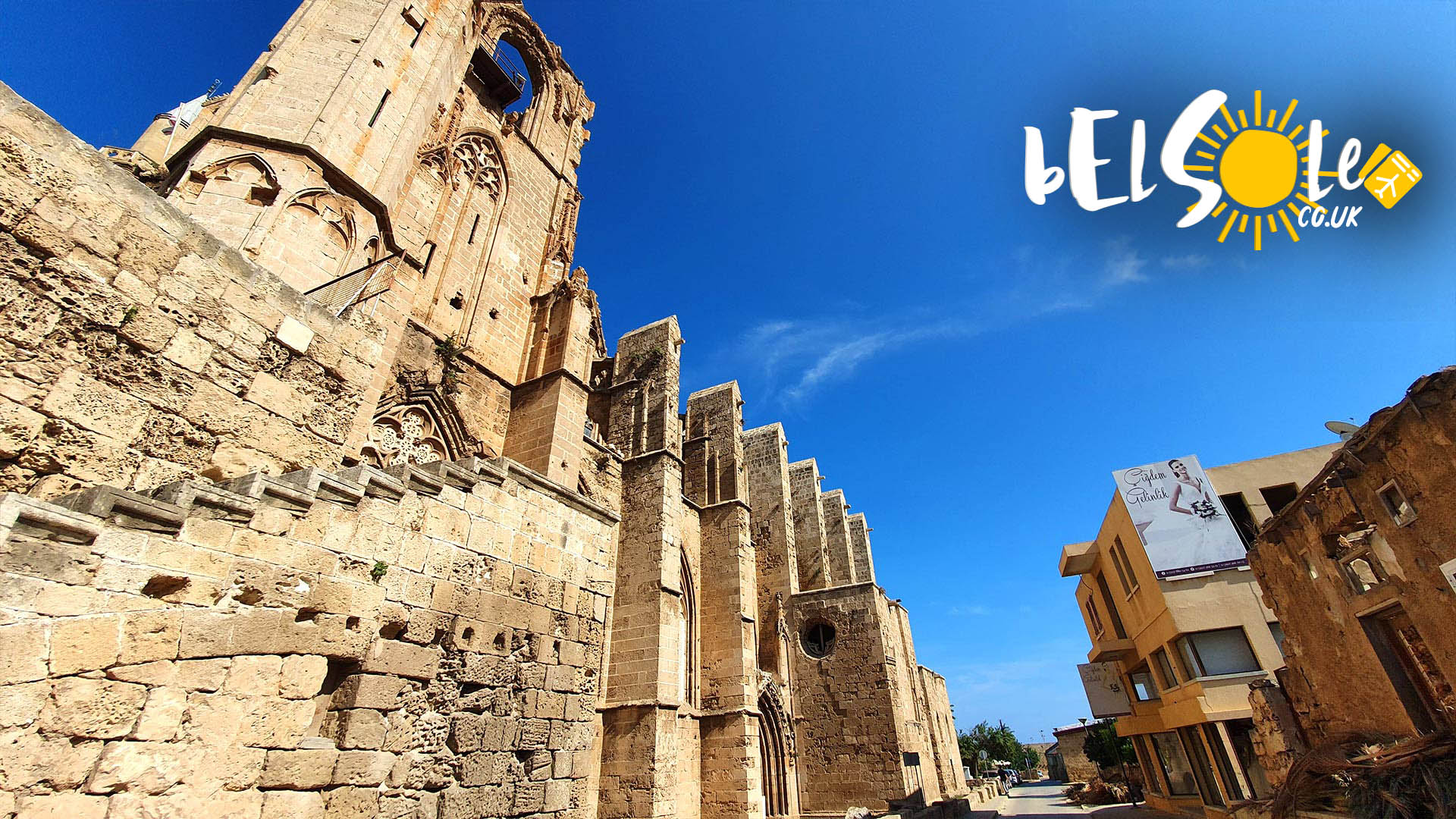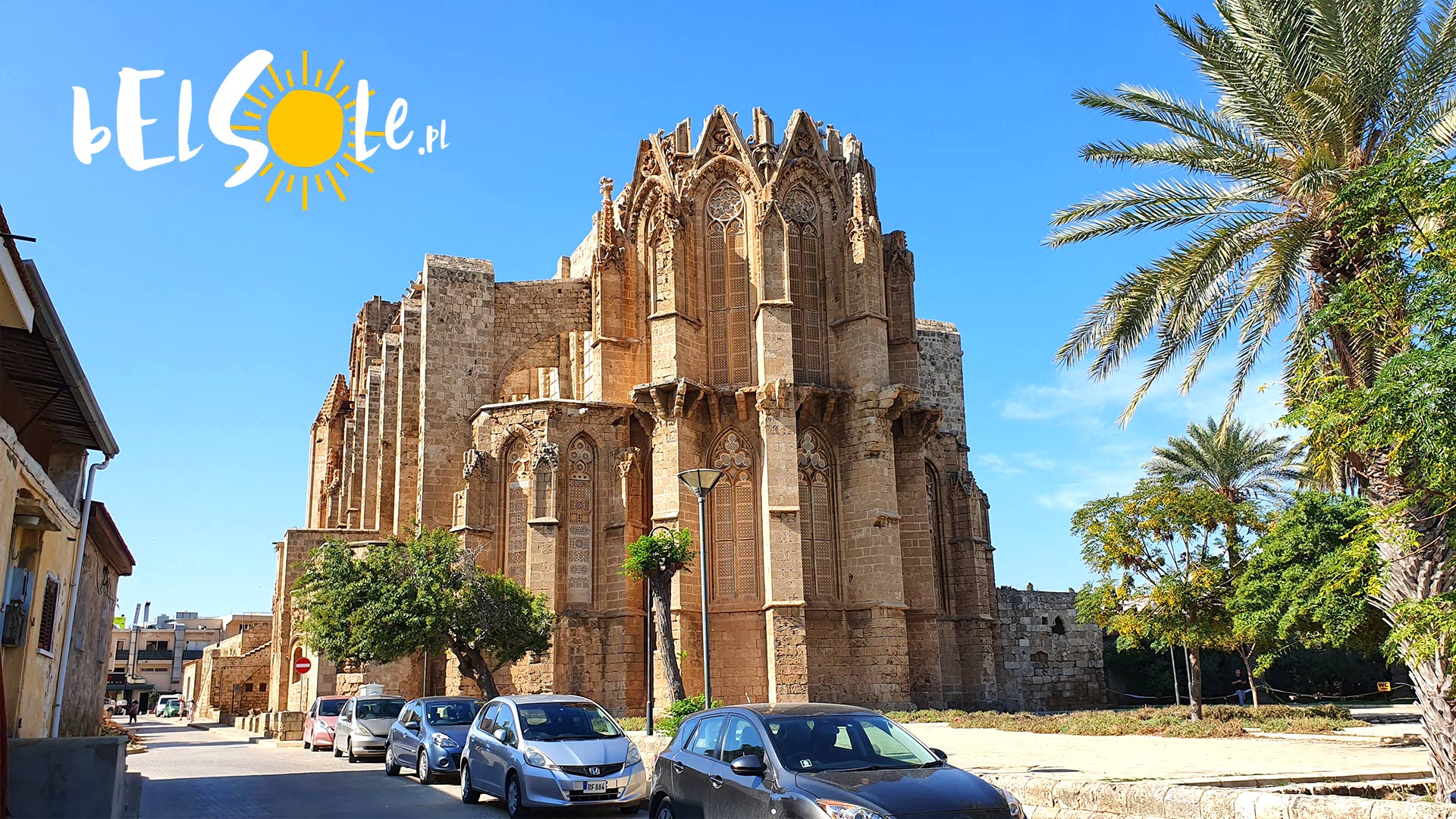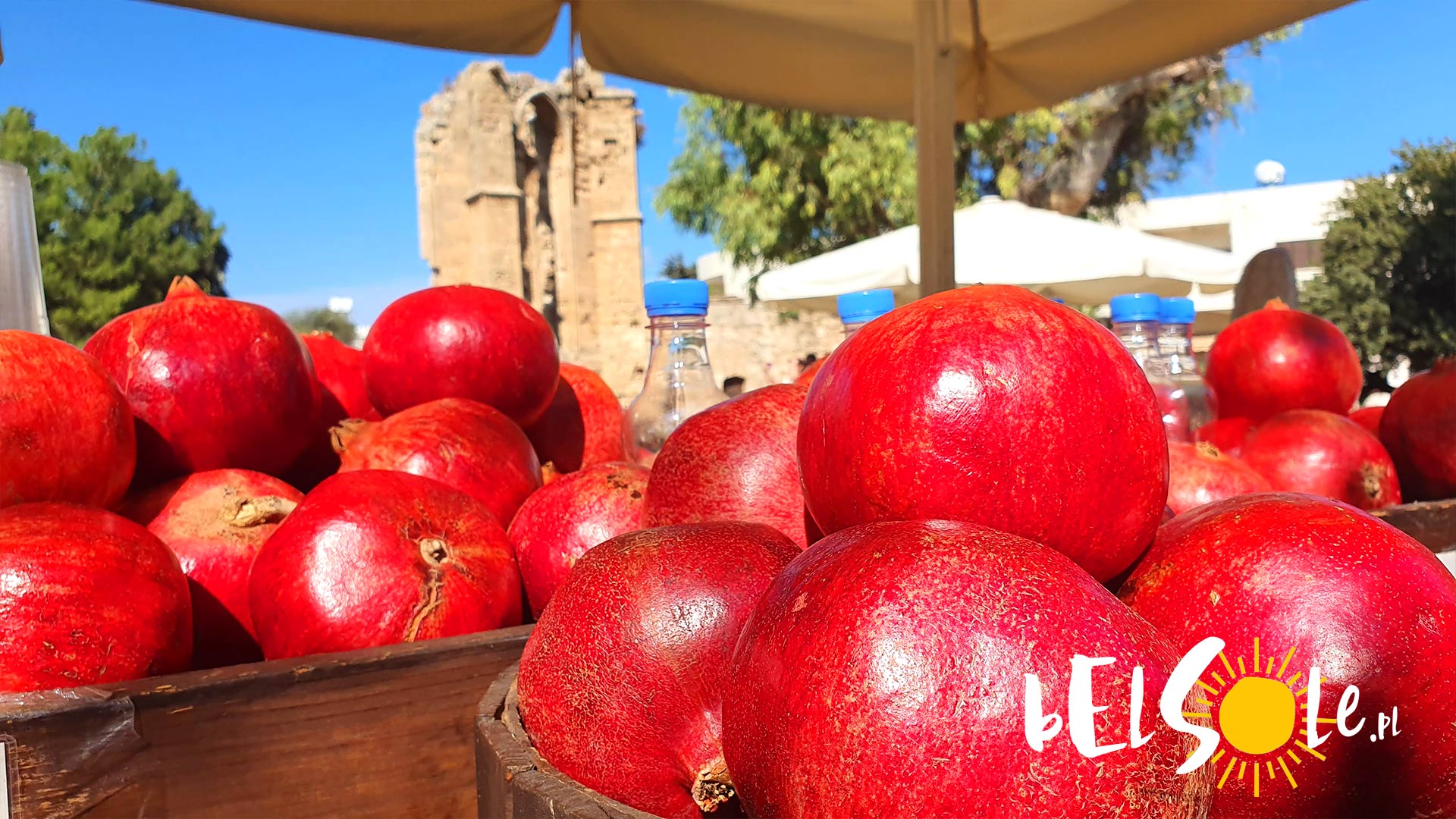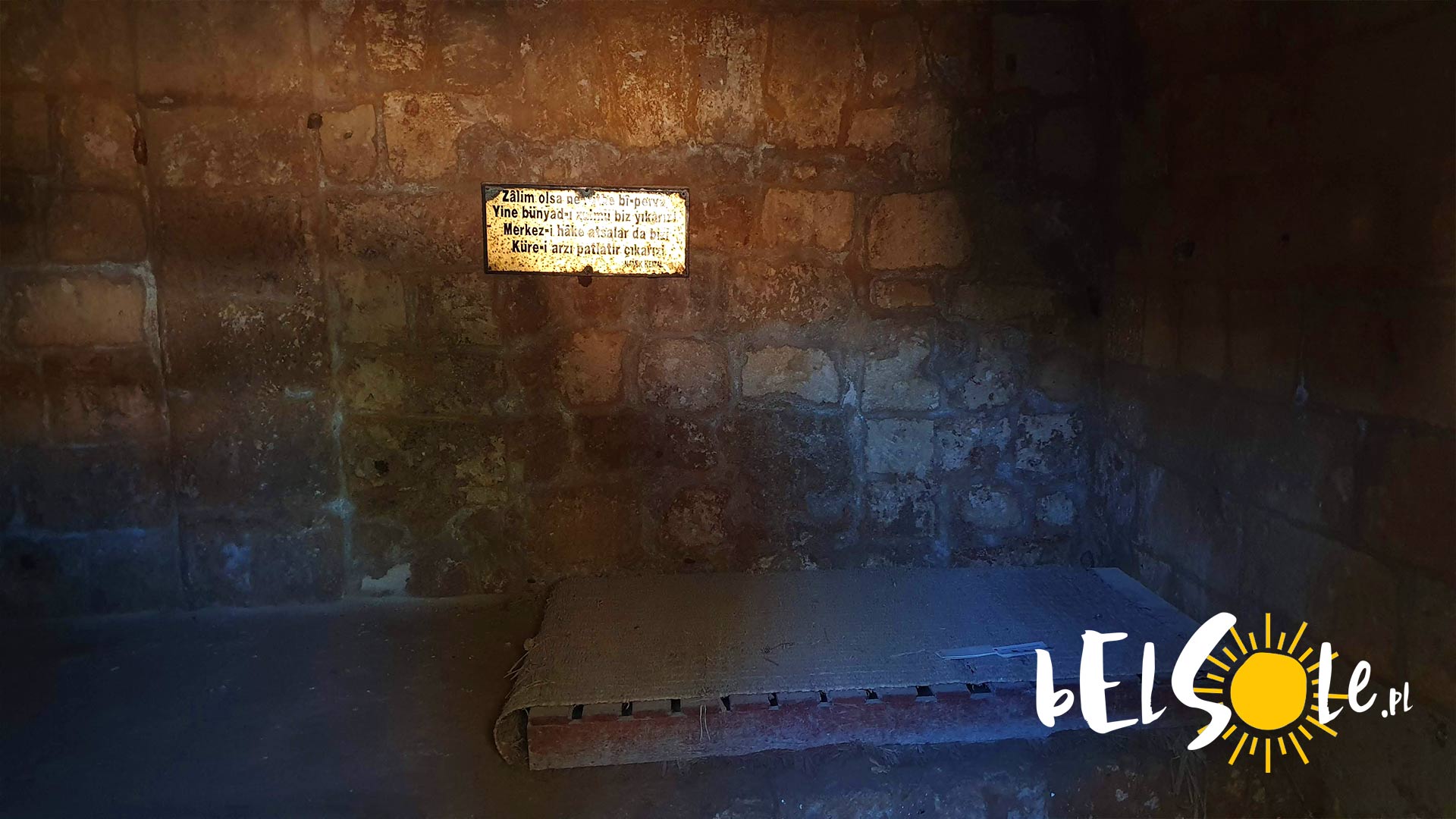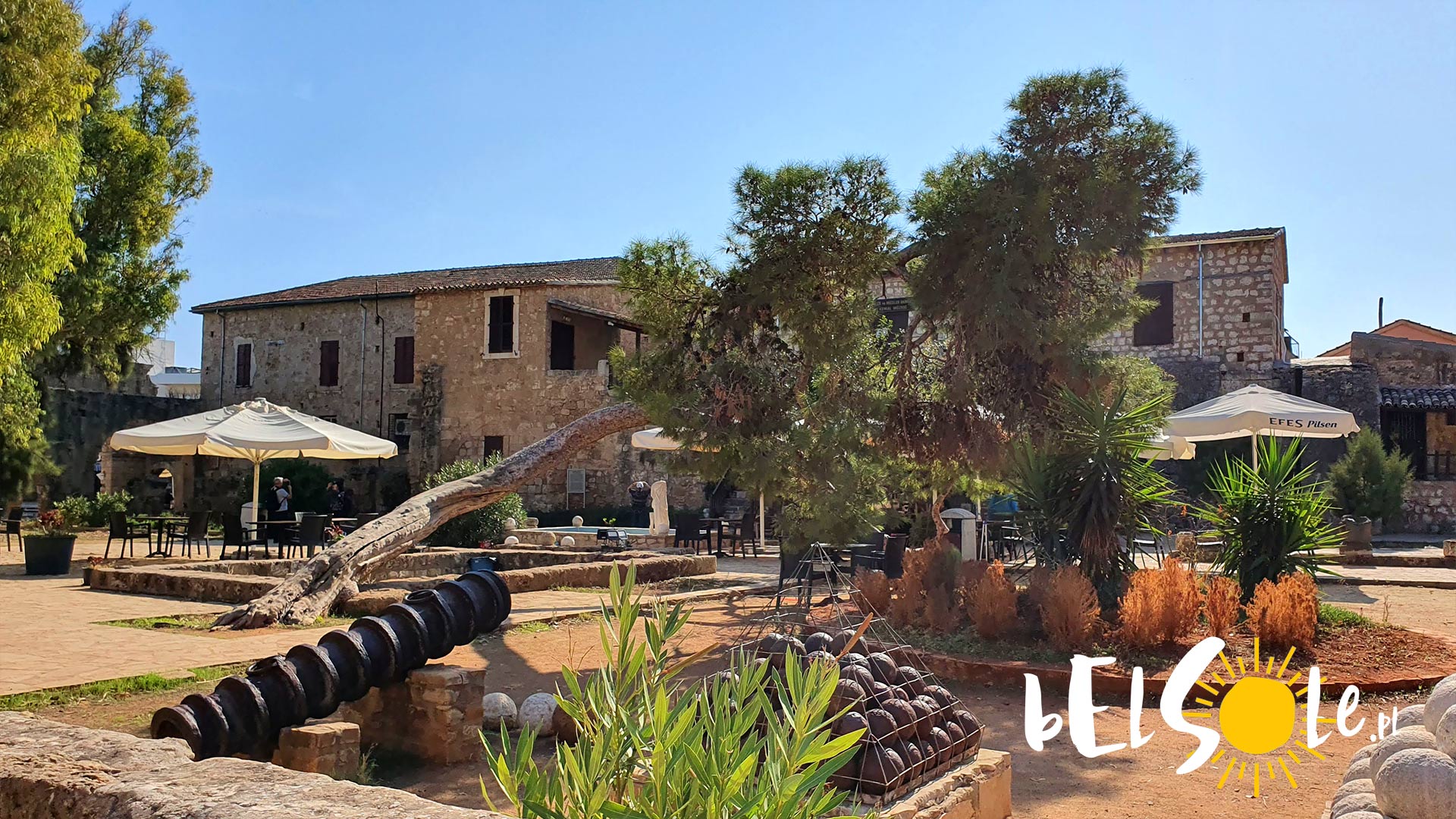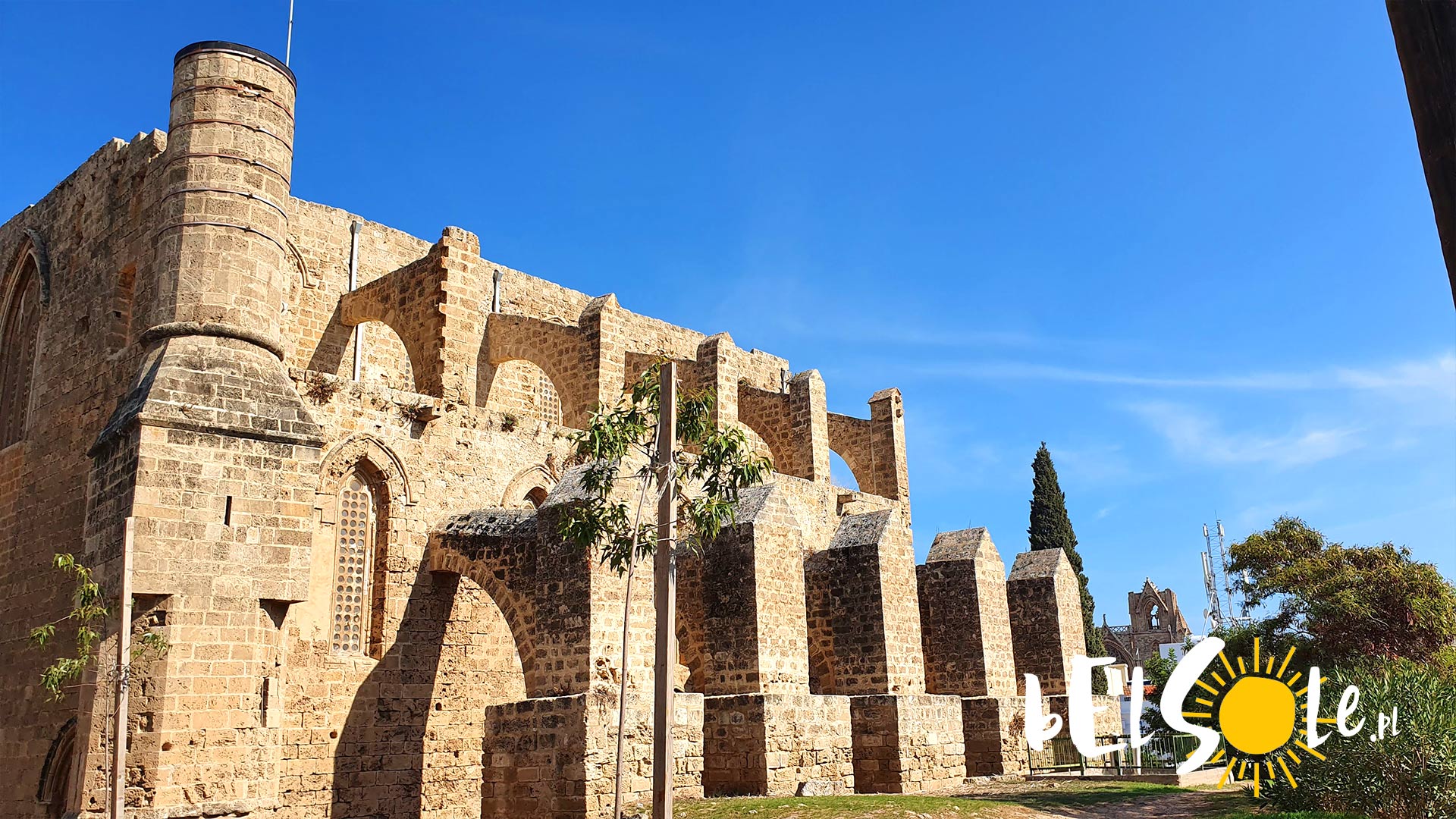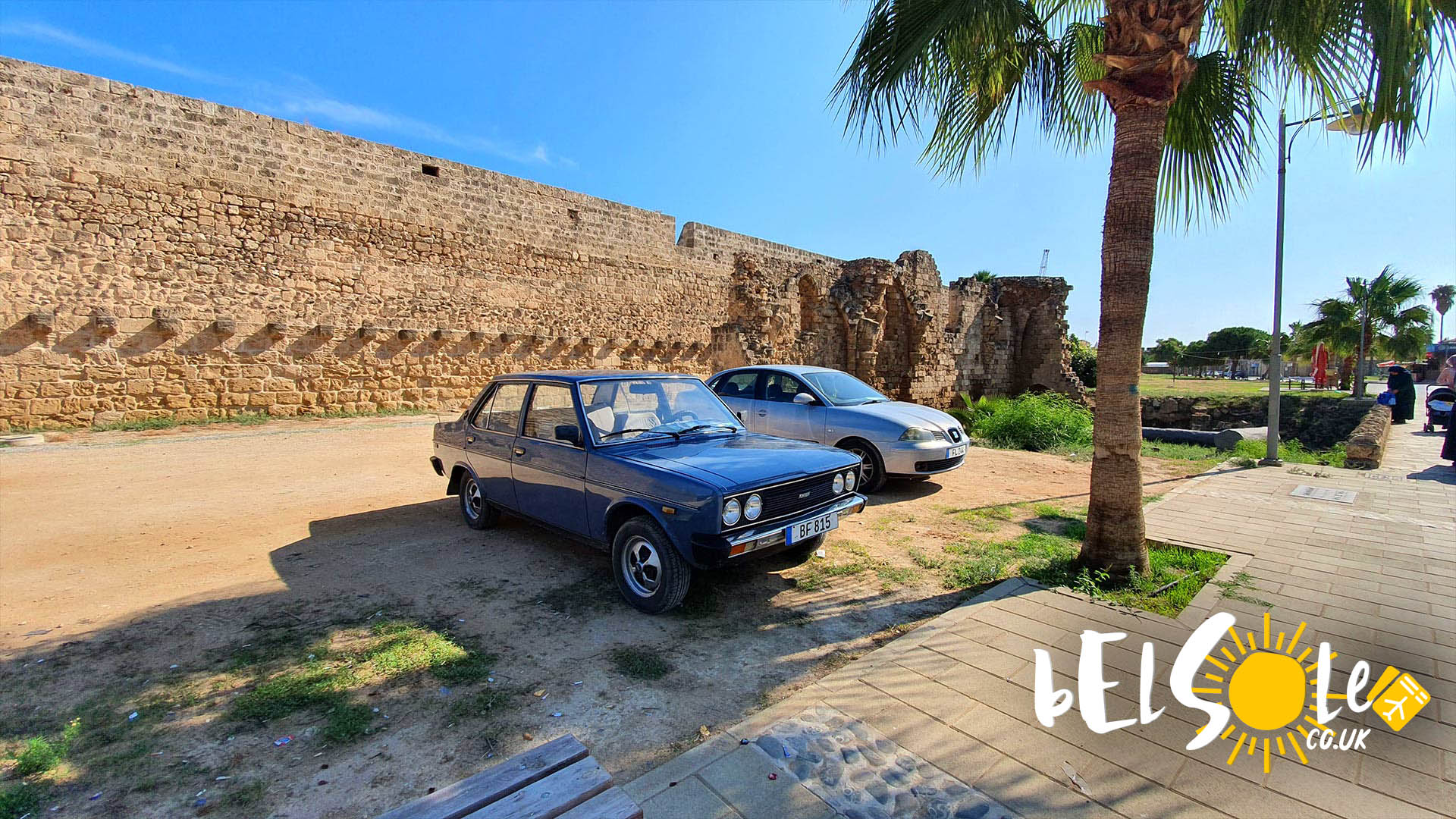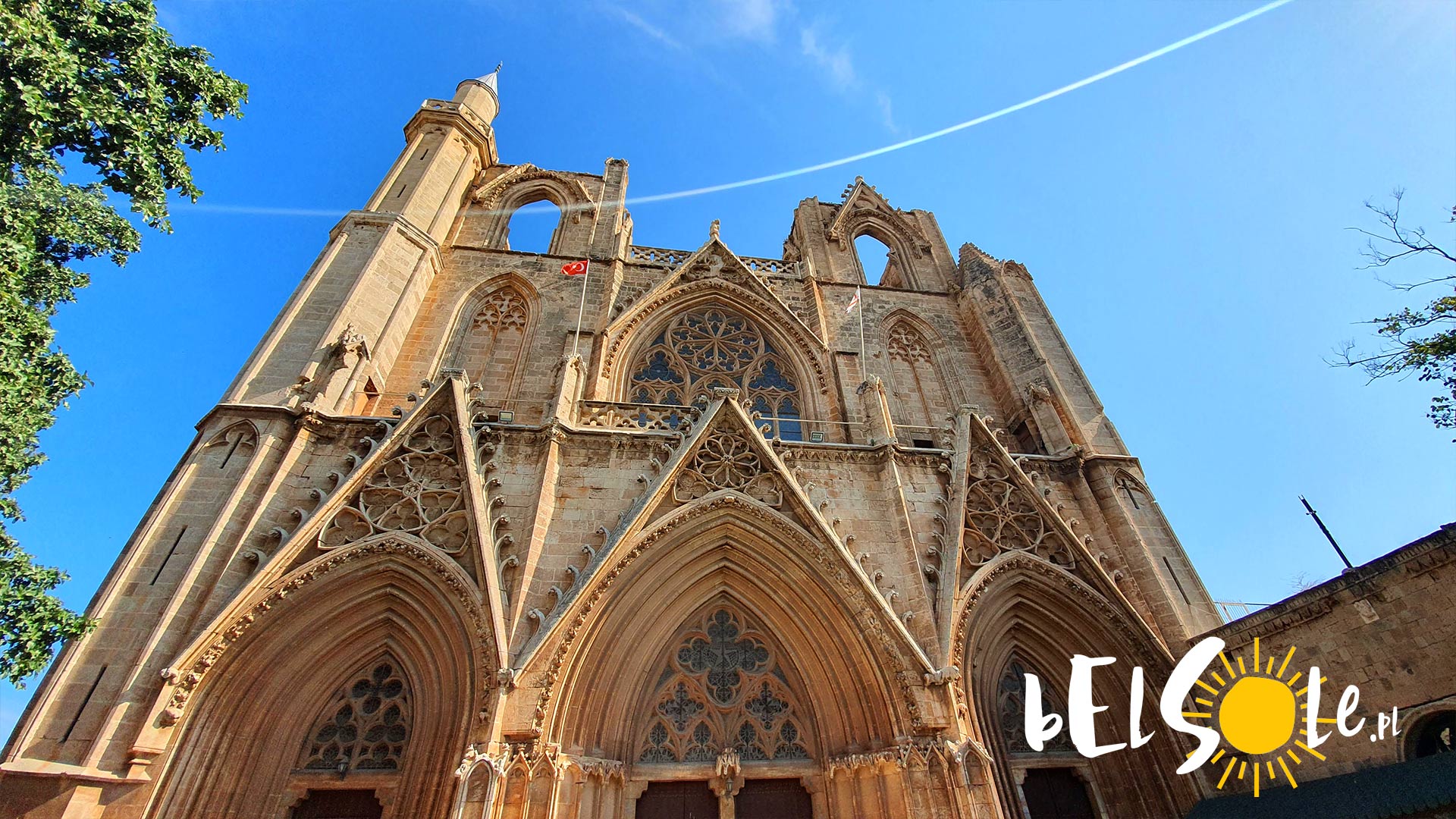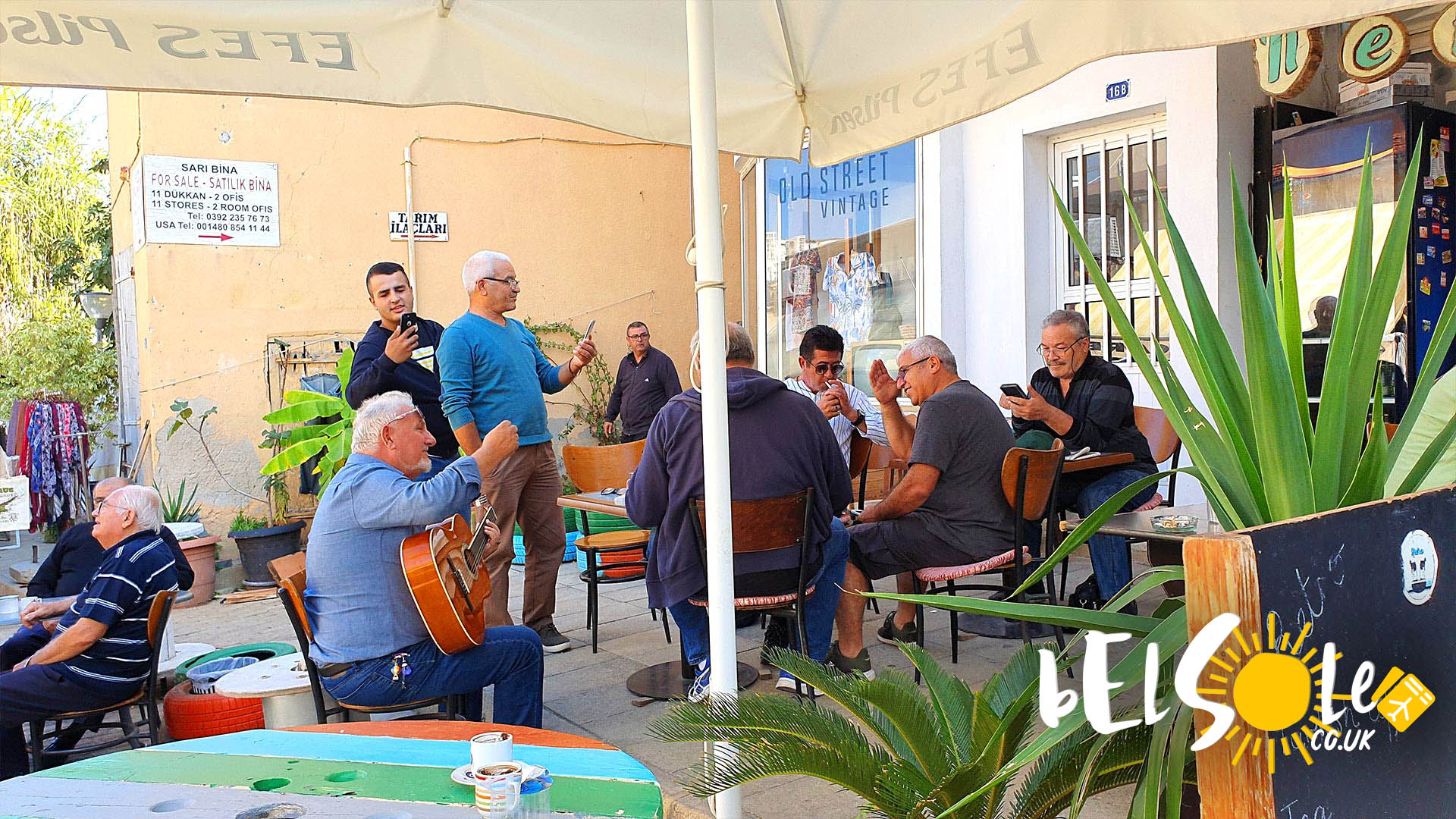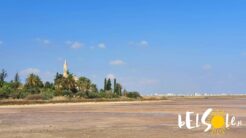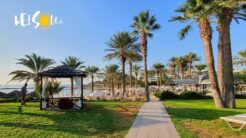Famagusta finds itself among the less popular cities on Cyprus, yet it is so full of attractions and monuments, certainly the best place for those looking specifically for the historical remains. What monuments await you in this partially ‘abandoned’ city? How to get to Famagusta? Do you need a passport? Sightseeing in Famagusta? All of that below.
If you’re interested in other attractions on Cyprus, click here for Paphos and Larnaca.
How to get to Famagusta
Famagusta is located near Larnaca and Nicosia, so getting to the city is not an issue. Famagusta is a part of Northern Cyprus – rarely considered an actual country. It’s an area controlled by the Turkish authorities since 1974, and although you may spot various military outposts or straight up armed force roaming the streets, do not fret, as the place is absolutely safe. Also, be aware that when entering Northern Cyprus, you are not fit for consular protection, and insurance companies tend to be pretty unwilling when serving those who dare to venture to occupied provinces.
There are a few rules which you have to stick to:
- No photos means precisely what it means – this is not just a ‘hint’ by any means
- Speeding limits are a pretty serious business in Northern Cyprus, there are speed cameras everywhere, so if you’re renting car be careful
- Make sure, that the car you’re renting from outside the area can be brought to Northern Cyprus
- If you are using a car to enter NC, you have to pay an additional insurance fee on the border. Keep that document with you at all times, same with documents from the rental company
- ID is sufficient, you don’t need a passport to enter Northern Cyprus
That’s about it when it comes to essential info. Don’t fear the north, it’s all safe for tourists and the locals rely on the tourists to sustain themselves, so often they will make sure you’re well served.
Lala Mustafa Pasha Camii Mosque / the Famagusta Cathedral
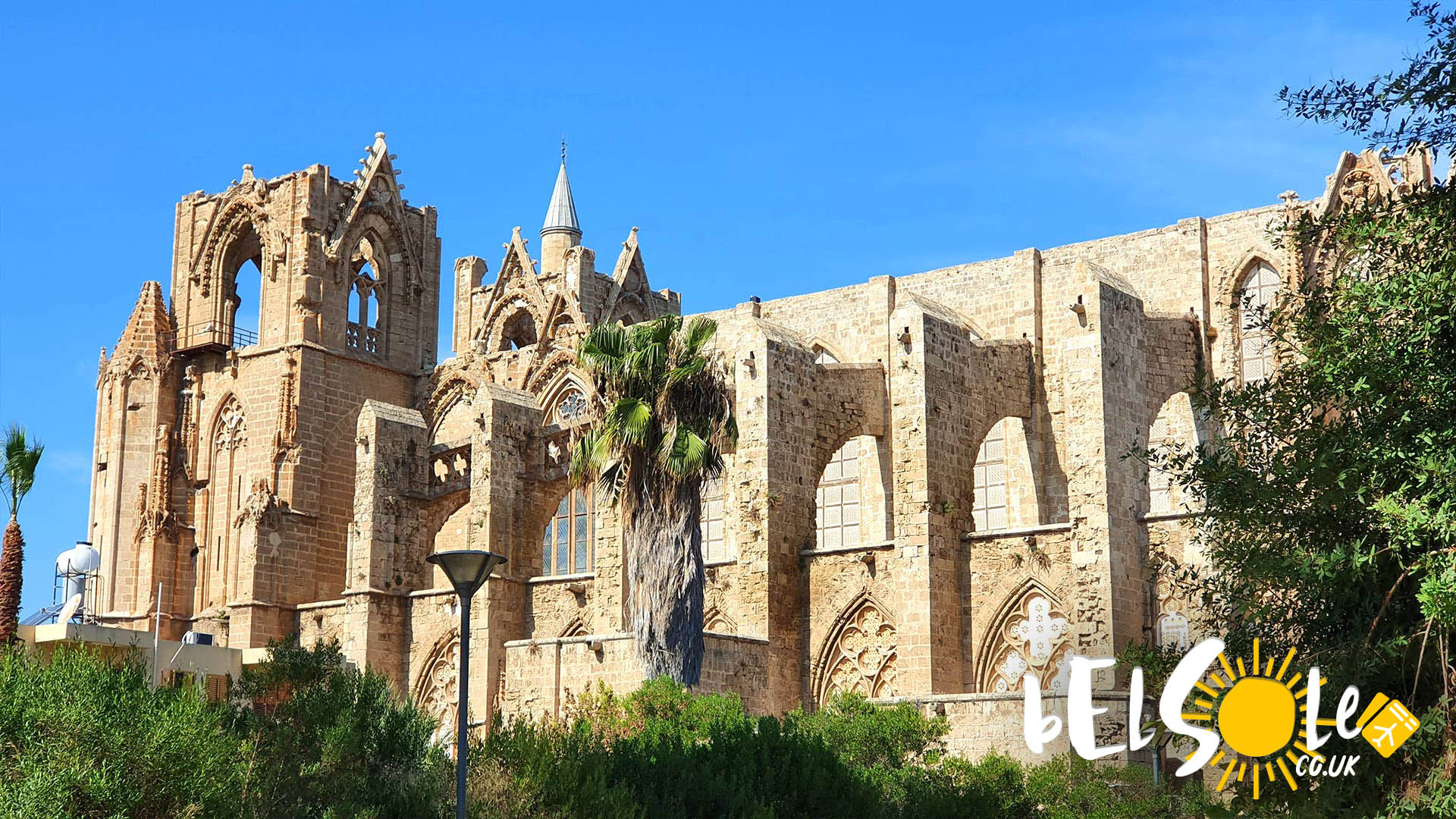

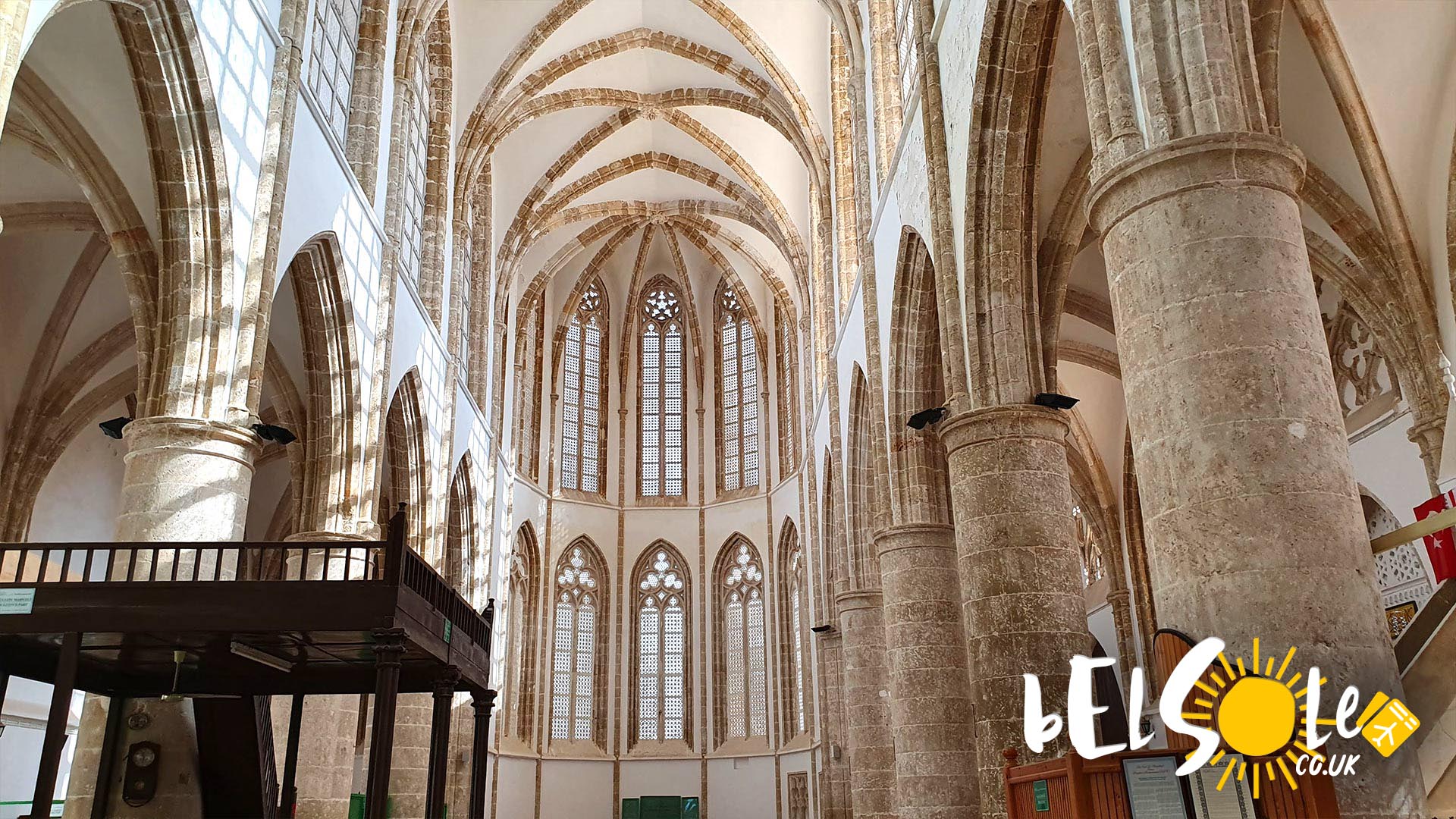
The main attraction of Famagusta, located in the very centre of the city. It was originally built in the 14th century by the Lusignans (a French royal house present on Cyprus till 1489) as a Cathedral of St Nicholas. In 1571, during the rule of Ottoman Empire, it became a mosque. The towers suffered a lot from the earthquakes and Ottoman bombings. The interior is cozy and bright, it’s just a shame that the outside is as devastated as it is.
Namik Kemal Dungeons
The dungeons situated on the opposing side of the market (from the mosque), right next to the Venetian Palace. They are best known for the fact, that in the period of 1873 – 1876, a famed Turkish writer, Namik Kemal, was held there. Prior to that, the dungeons were a part of the Palace, now it’s a museum dedicated to Namik Kemal.
Venetian Palace
Remains of the Venetians rule in Cyprus. Famagusta was one of the main cities of Venice on the Mediterranean Sea. It was originally built in 1300 and was later heavily overhauled, in the 16th century, to fit the renaissance style. At first, it served as headquarters for rulers and governors of Cyprus, during the Ottoman times it was turned into barracks. Nowadays, you can admire the cannon exhibitions inside.
Sinan Pasha Mosque
Another cathedral transformed into a mosque by the Ottomans in 1571, from a Cathedral dedicated to St Peter and St Paul to Sinan Pasha. Nowadays, it’s closed for tourists, but we were able to sneakily take a pic of the inside.
Old city walls and towers
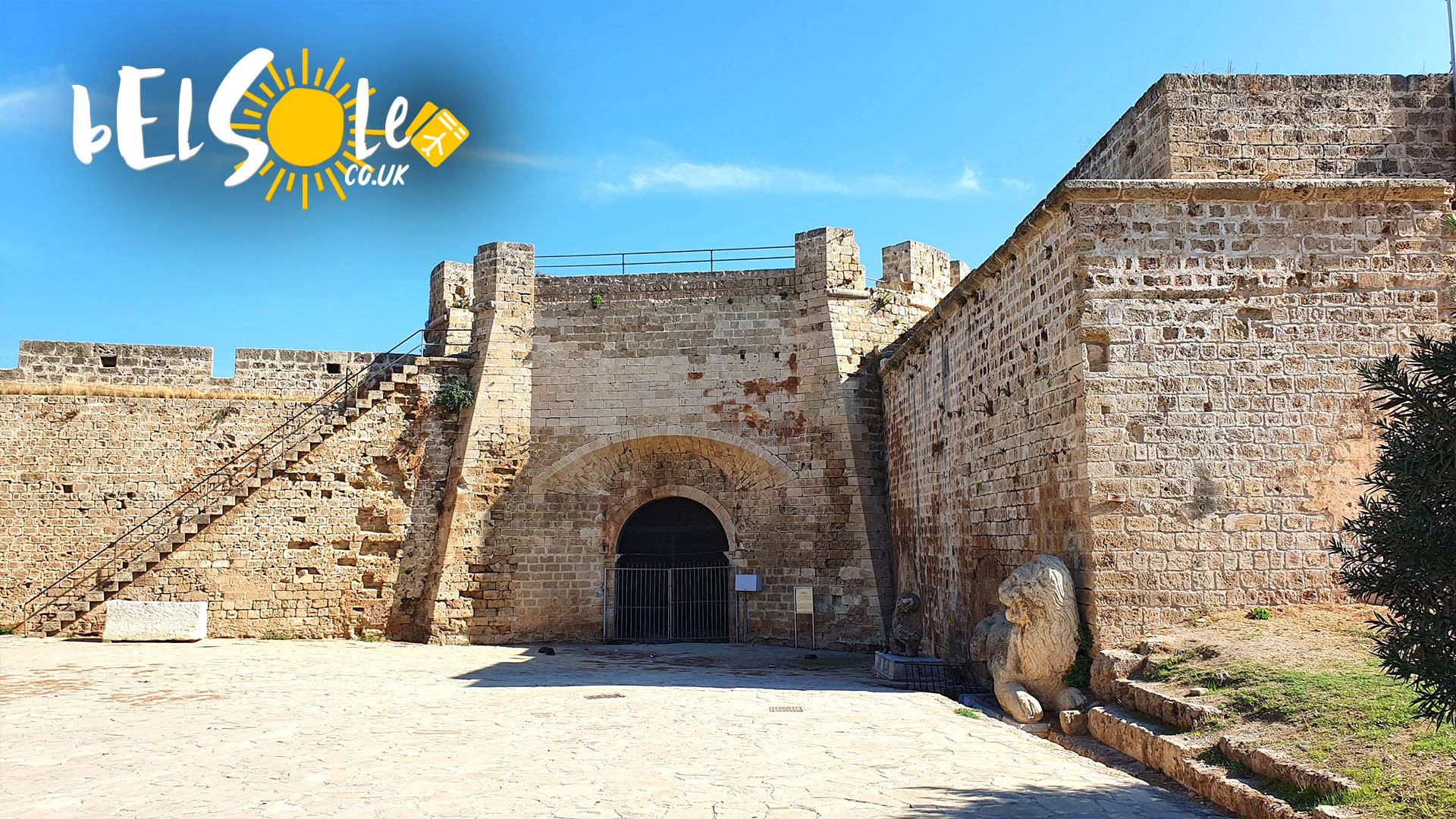
We highly recommend climbing one of the towers to get a full of panorama of the city. The walls surrounding the whole area are a creation of the Venetians, who were well versed in defensive architecture. In case you are hungry for more info about that, you can read about the Venetian city walls in Bergamo.
Othello Castle
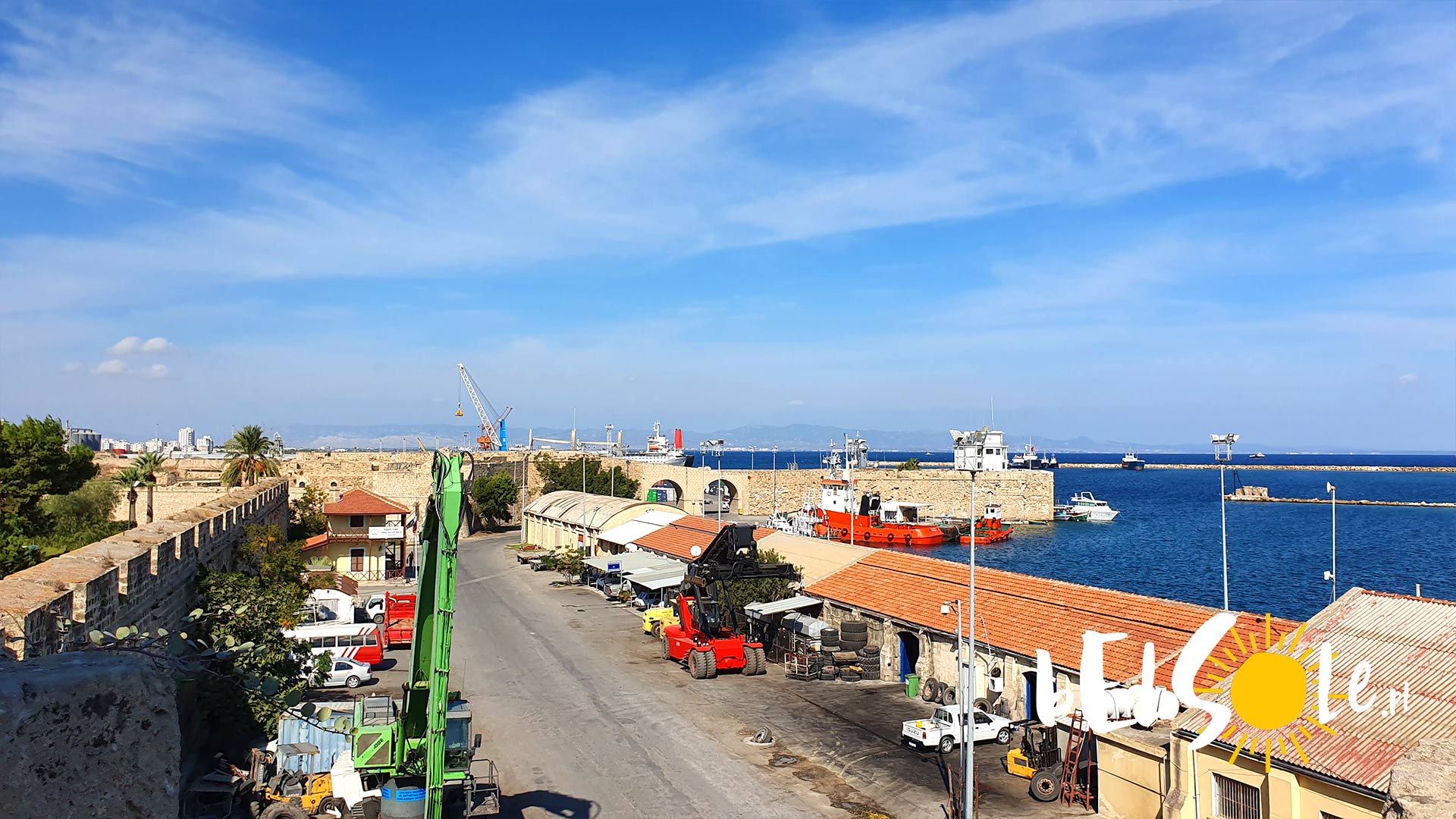
Built by the House of Lusignan in the 14th century. It was the main defense line, preventing any foe from entering Famagusta, regarded by many as an unbreachable fortress thanks to the well prepared defensive ditches. On a side note, the name “Othello” originally came from a Venetian Governor, which later inspired a Shakespeare to write a play about that period with the same name.
Exploring the valleys of the Old Town
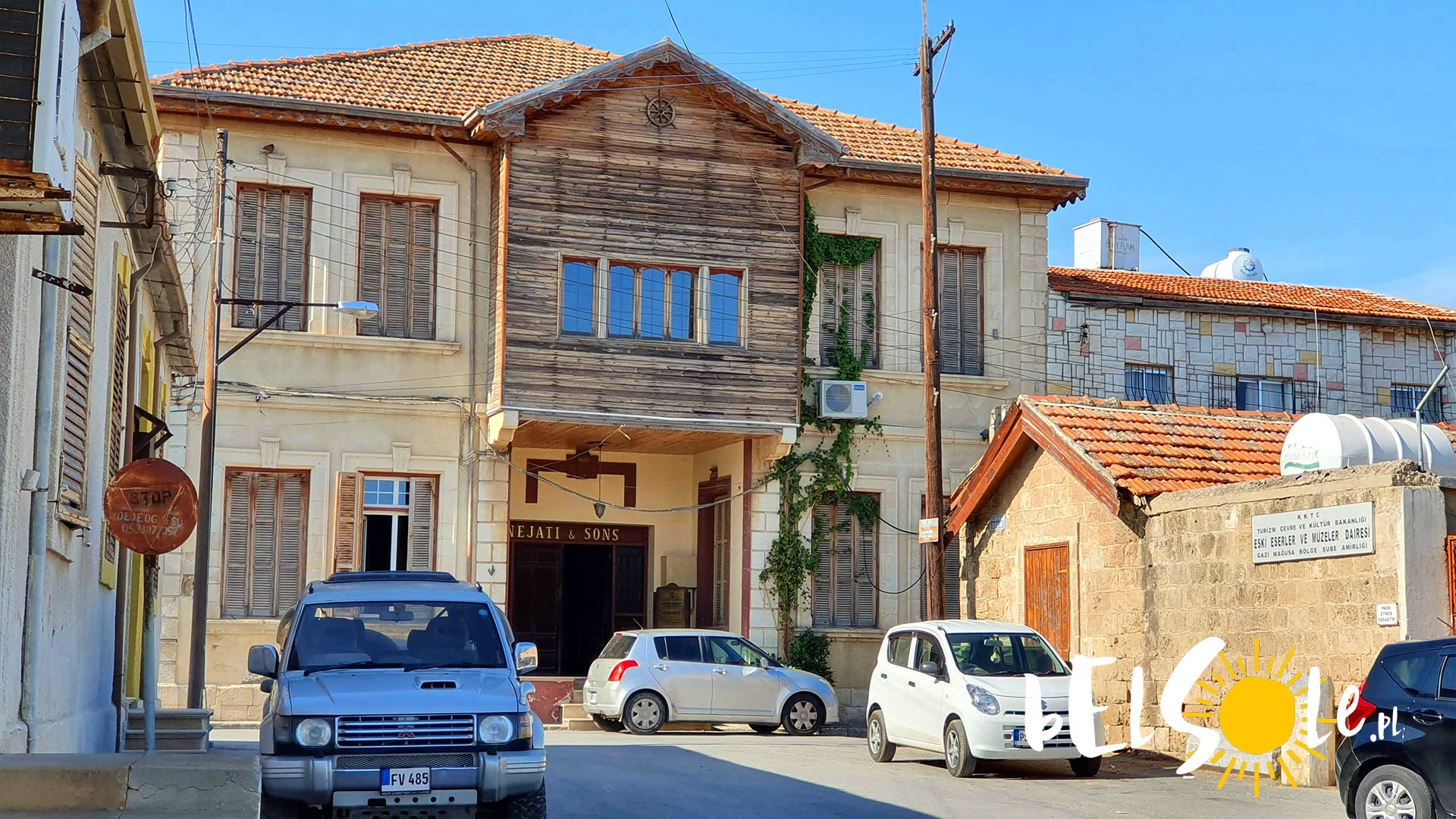
Famagusta has this feel of an old, almost pirate-like, port town, thanks to its unique architectural style reminiscent of old Caribbean towns, especially the areas to the west of the main cathedral.
Closed city of Varosha
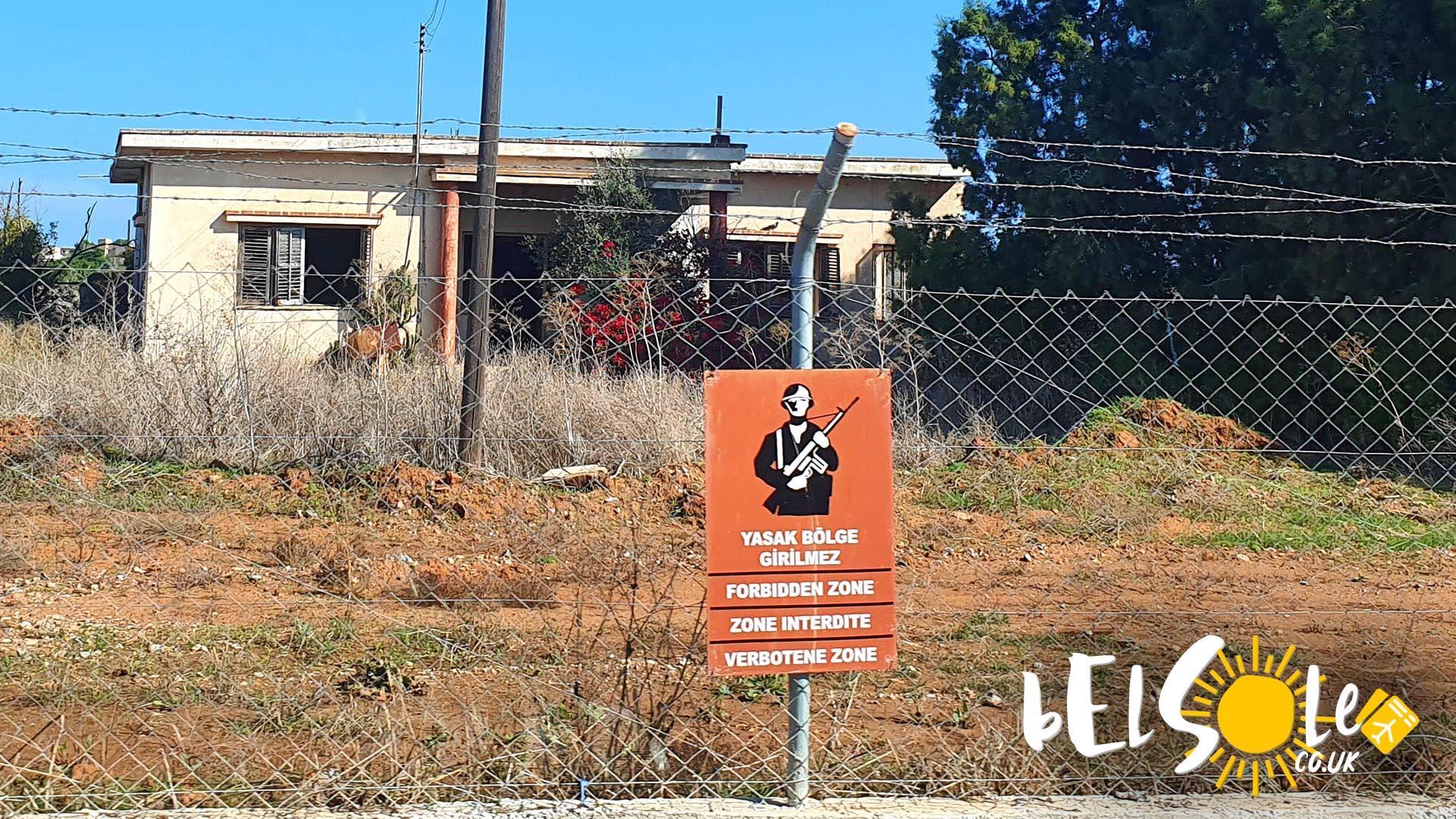
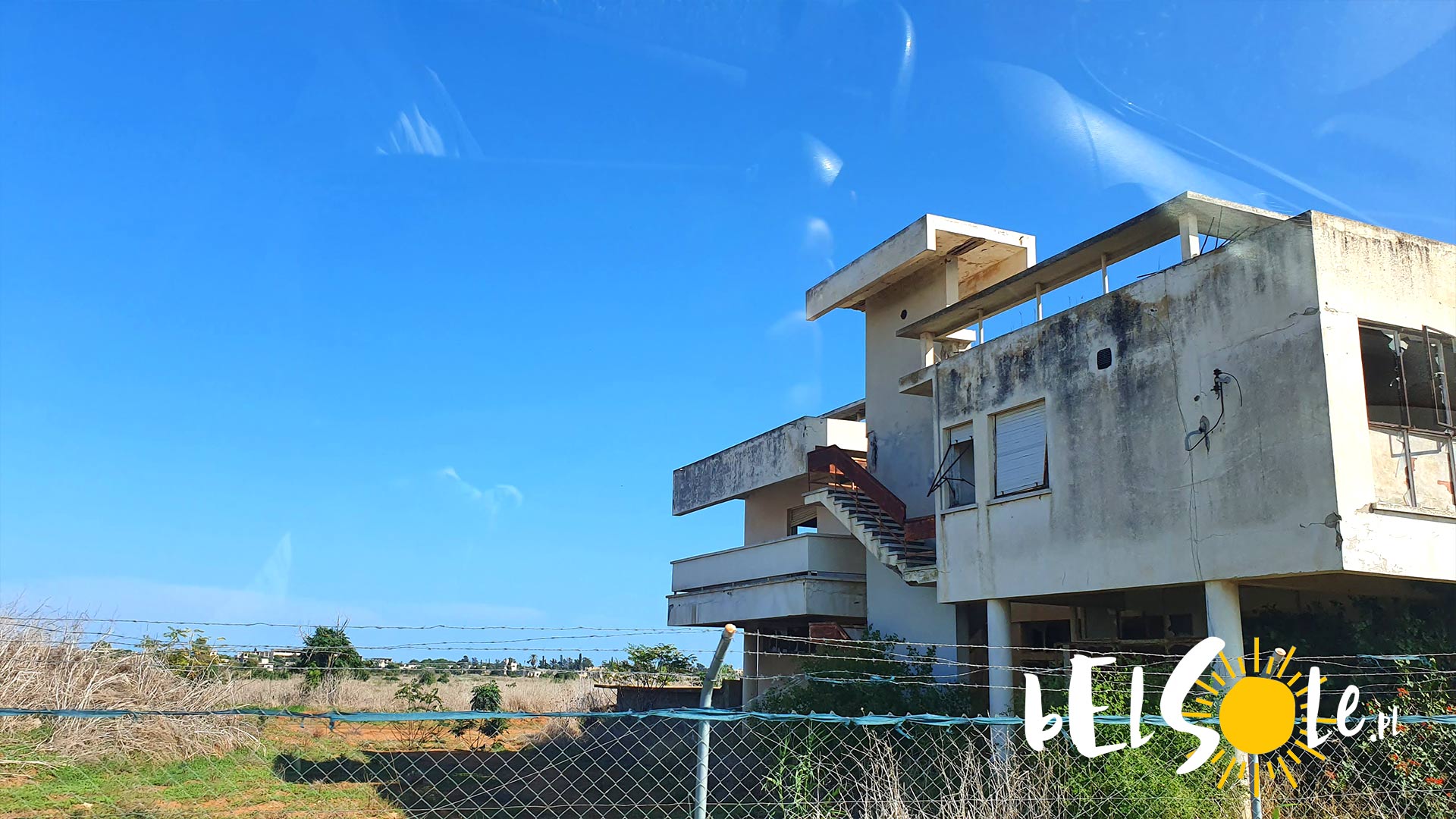
A sad relict of the Turkish attacks on Cyprus in 1974. Varosha now is just an abandoned, closed off district of Famagusta. Back in the day, Famagusta served as the most popular resort in all of Cyprus, nowadays it’s merely a shadow of its former self, full of 70s-like buildings. It’s strictly forbidden to enter Varosha without a special permission or to take photos of the closed off areas. Now it serves as a holiday resort for Turkish soldiers (sic!).


